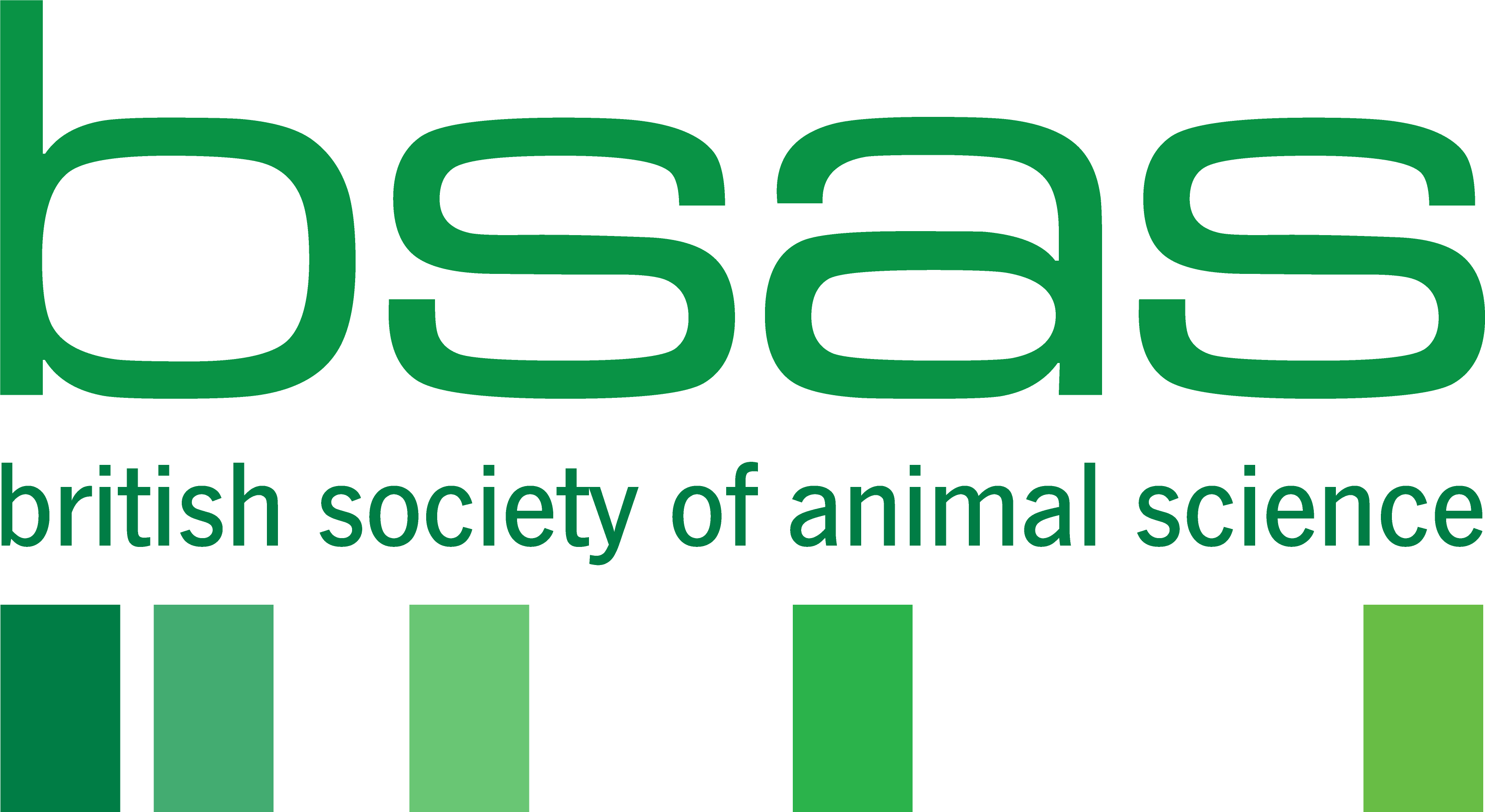The Effect of The German String Training Aid on Equine Stride Length, Tracking Distance and Head and Neck Position
Olivia Hammond, Bishop Burton
This study was shortlisted for the 2022 Thesis of the Year Award and was submitted as part of a BSc (Hons) Equine Therapy and Rehabilitation at Bishop Burton University Centre by Olivia Hammond. Olivia is now working part-time for her family business as well as for the Equine Massage Academy, for which she is currently working to complete her final exams to become a qualified equine massage therapist. Olivia is also developing her own equine training aid based on her knowledge and experience gained through her degree and own research.
Take home message: The German String training aid (GS) significantly alters head and neck position but has no effect on forelimb stride length or tracking distance. This supports previous work suggesting training aids impact the horse’s way of going in a superficial manner.
Training aids are widely used in the equine industry with the belief that they will positively influence the horse’s way of going and are often used when lunging in the absence of a rider. There is very little peer-reviewed evidence supporting the use of many training aids, with owners and riders often selecting and using them based on anecdotal evidence. Previous research suggests that although the general frame of the horse can seem enhanced when working in a training aid, the results are superficial and lack any significant alteration in limb kinematics and/or muscle activation. One such training aid is the German String style training aid which can be seen sold under many alternative names by different brands. This aid is believed to increase core muscle activation and encourage hindlimb engagement through a lowering of the head and neck position as per the ‘bow and string theory’. This dissertation identified how a German String training aid may influence the horse’s head and neck position, stride length and tracking distance when lunging.
This study was undertaken at a private yard using 8 horses of mixed age, breed and sex that were all trained to a similar level and were in regular work. All horses were lunged in a GS as part of their usual routine. Horses were lunged around a 15m circle in an outdoor arena, both with and without the GS attached and measurements taken when passing a slow-motion camera at one point on the circle. Footage was taken at 240fps with stride length and tracking distance analysed using Quintic Biomechanics software. Head and neck position was categorised using a 1-9 scale based on previous research by Rhodin, et al. (2009; 2013). All variables were measured three times on each rein giving a total of 6 repetitions for each horse and mean or median values taken forward for statistical analysis.
A Wilcoxen signed rank test was used to test difference with and without the GS to conclude that there was a significant difference in head and neck position (p=0.01), but no significant difference in stride length (p=0.36) or tracking distance (p=0.32). A Spearman’s rank correlation was conducted to test associations between measured variables but none were found.
The GS is designed to encourage the horse to hold its head and neck in a particular frame with the nose on the vertical and therefore it is unsurprising that the addition of it when lunging affected the head and neck position of the horses. In this study, horses demonstrated lower head and neck positions when lunged without the GS. It can be suggested that the design of the GS aims to profit from the ‘bow and string theory’ whereby alterations in head and neck position may bring about hindlimb engagement and core activation, however this study demonstrates no effect was seen on limb kinematics. It can be concluded that the GS training aid may not improve the horse’s way of going beyond an alteration in head frame but further research is suggested to confirm this. Owners and riders intending to use any equine training aids are encouraged to research the product prior to use and ensure all instructions on fitting and use are followed to avoid unintentional injuries.
Further study into the range of equine training aids on the market would be beneficial to identify which are able to positively influence the horse. Effects on muscle activation through use of surface electromyography should be explored to enhance our understanding of how manipulating the horse’s frame may impact the use and development of muscle.
Georgie Smith is a PhD candidate in the School of Biology, University of Leeds. Her thesis is investigating porcine milk oligosaccharides in colostrum and how these can be used to enhance the survival and health of pre-wean piglets.
